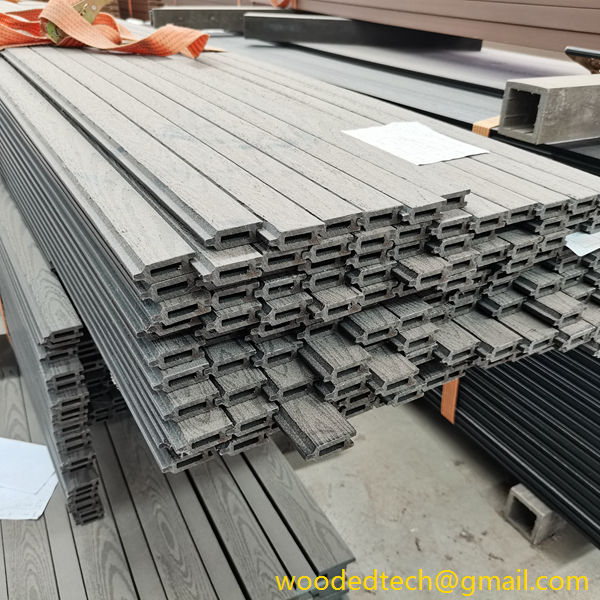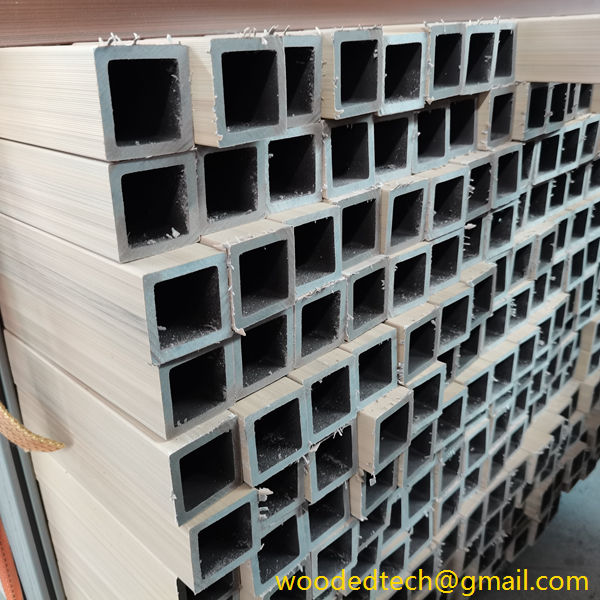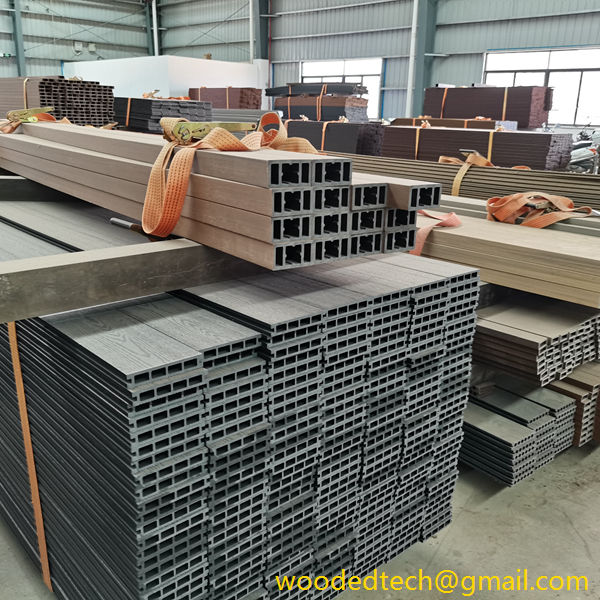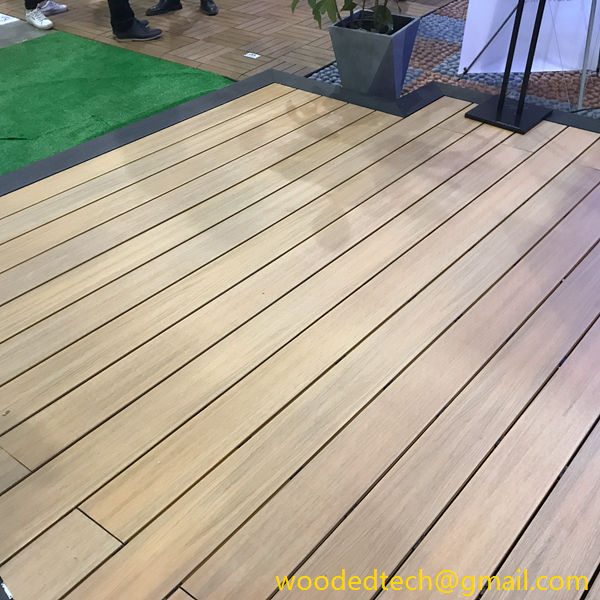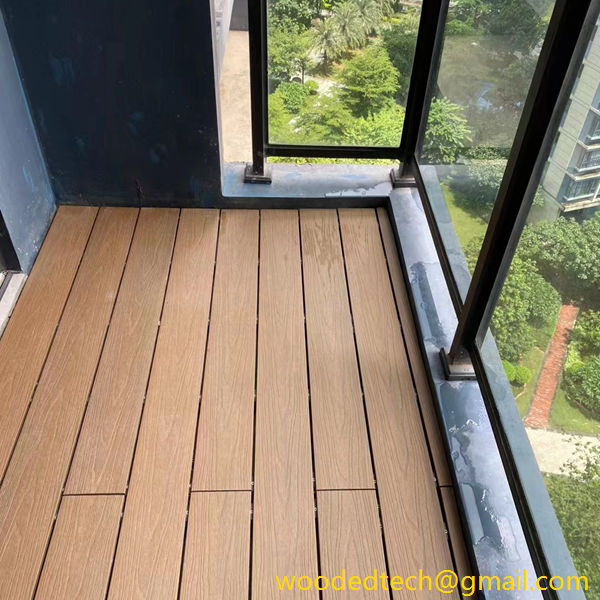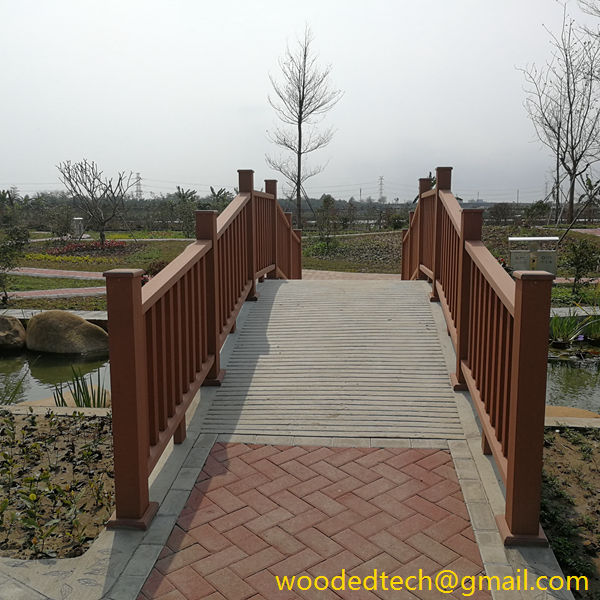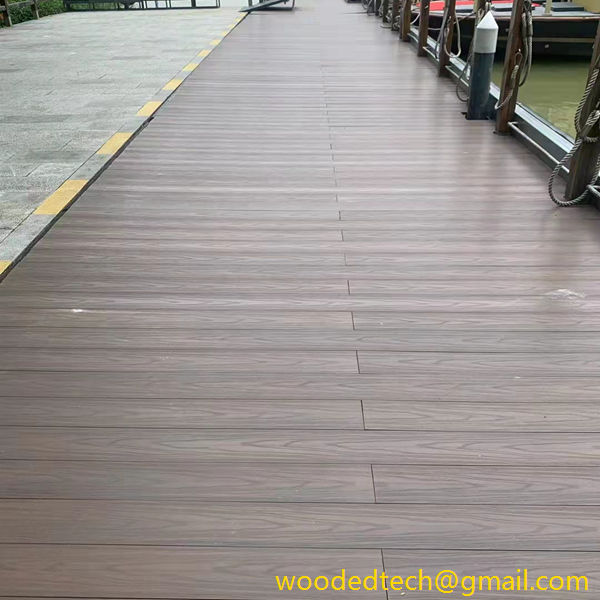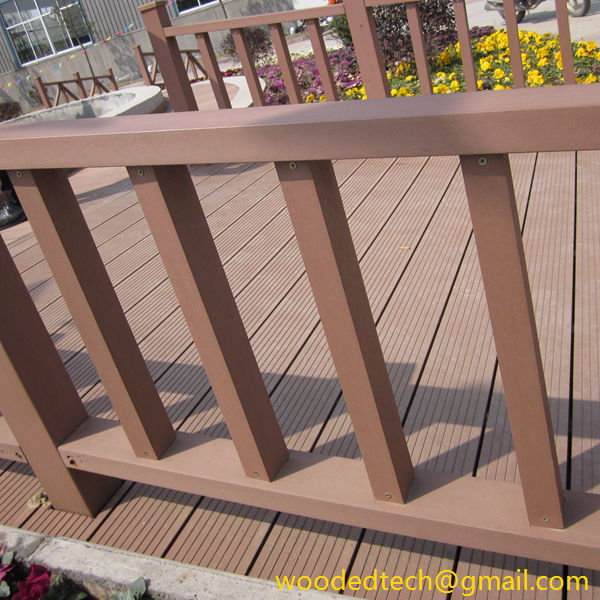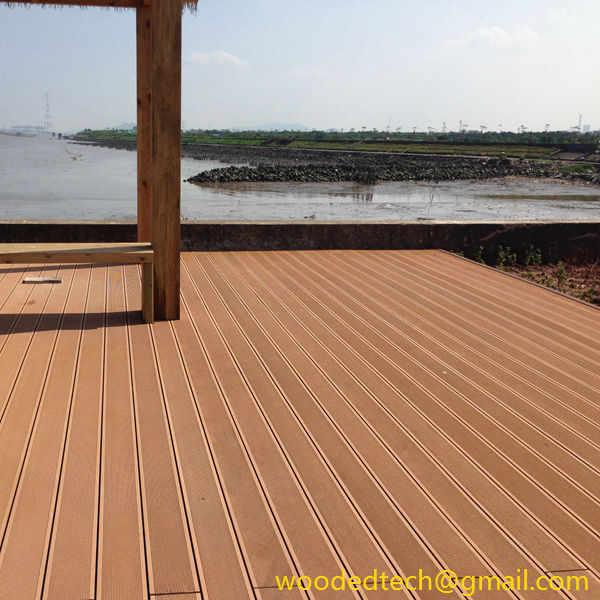Learn About WPC Panel Installation for a Seamless Home Upgrade
Learn About WPC Panel Installation for a Seamless Home Upgrade In the quest for home improvement, many homeowners are constantly on the lookout for materials that not only enhance the aesthetic appeal of their living spaces but also provide durability and ease of installation. One such material that has gained popularity in recent years is…
Learn About WPC Panel Installation for a Seamless Home Upgrade
In the quest for home improvement, many homeowners are constantly on the lookout for materials that not only enhance the aesthetic appeal of their living spaces but also provide durability and ease of installation. One such material that has gained popularity in recent years is Wood Plastic Composite (WPC) panels. These panels present a seamless solution for those looking to upgrade their homes, combining the warmth of wood with the resilience of plastic. Understanding the installation process of WPC panels can be a game-changer for DIY enthusiasts and professionals alike, allowing for a swift transformation of spaces both indoors and outdoors.
WPC panels are engineered using a combination of wood fibers and thermoplastics, resulting in a material that is both lightweight and sturdy. This unique composition means that WPC panels are resistant to moisture, rot, and insect damage, making them an ideal choice for various applications, including wall cladding, decking, and fencing. The aesthetic versatility of WPC panels allows homeowners to select from a wide range of colors, textures, and finishes, ensuring that they can find an option that aligns with their personal style.
The first step in installing WPC panels is to gather the necessary tools and materials. Homeowners should prepare a workspace equipped with a measuring tape, a level, a saw for cutting the panels, a drill, screws, and any additional hardware specified by the panel manufacturer. It is also advisable to wear appropriate safety gear, including goggles and gloves, to protect against any debris during installation.
Once the workspace is set up, the next step is to carefully measure the area where the WPC panels will be installed. Accurate measurements are crucial to ensure that the panels fit perfectly and create a seamless look. Homeowners should measure the height and width of the area and mark these dimensions on the wall or floor. It is essential to keep in mind that WPC panels may expand or contract with changes in temperature and humidity, so leaving a small gap around the edges can help accommodate this natural movement.
With the measurements in place, the installation of a supportive framework is necessary. For wall applications, this typically involves installing furring strips or a frame to which the WPC panels will be attached. These strips should be spaced according to the width of the panels, allowing for secure fastening and proper alignment. For outdoor projects like decking, a sturdy substructure made from treated wood or metal is essential to support the weight of the panels and ensure longevity.
After the framework is ready, the real fun begins with the installation of the WPC panels. Depending on the design of the panels, this process can vary slightly. However, most panels are designed for straightforward installation. They often feature a tongue-and-groove system that allows them to interlock seamlessly. Homeowners should start from one corner and work their way across, securing each panel with screws as they go. It is crucial to ensure that each panel is level and aligned properly before securing it completely. A level tool can assist in maintaining a straight line throughout the installation.
One of the key advantages of WPC panels is their low maintenance requirements. Unlike traditional wood, which may require regular staining, sealing, or painting, WPC panels can be cleaned easily with soap and water. This makes them an attractive option for busy homeowners or those who prefer to spend their weekends enjoying their space rather than maintaining it. Additionally, many WPC products are designed to withstand fading from sunlight, ensuring that they retain their color and appearance over time.
After the panels are installed, homeowners can further enhance their space with finishing touches. Trimming around the edges of the panels can create a polished look, adding to the overall aesthetic appeal of the installation. This finishing work may involve using molding or trim that complements the WPC panels, allowing the installation to blend seamlessly with the rest of the home.
In conclusion, installing WPC panels offers a unique opportunity for homeowners to elevate their living spaces with minimal effort and maximum impact. The combination of durability, aesthetic versatility, and ease of installation makes WPC panels an attractive choice for many renovations. By following a few straightforward steps, homeowners can transform their homes into beautiful, functional spaces that stand the test of time. Whether updating a single room or overhauling an entire outdoor area, the use of WPC panels can result in a stunning and seamless upgrade that enhances both the value and enjoyment of the home. With careful planning and execution, anyone can successfully navigate the installation process and enjoy the many benefits that come with choosing WPC as a material for their next home improvement project.

